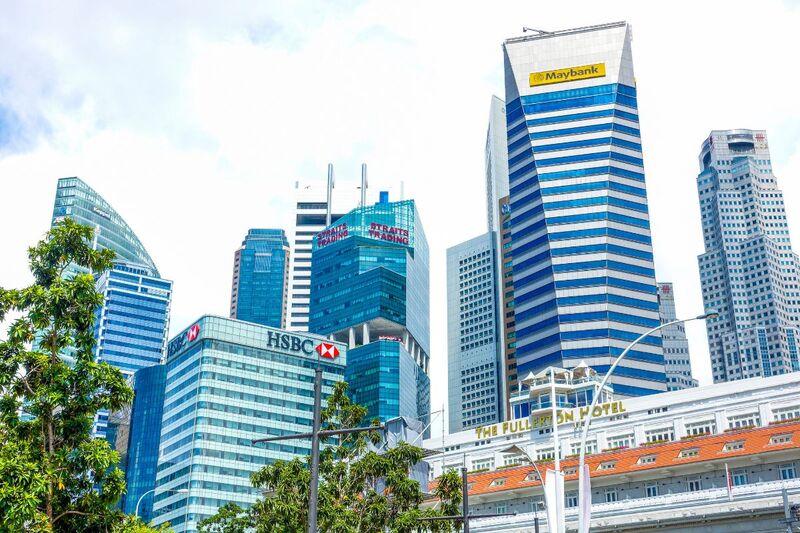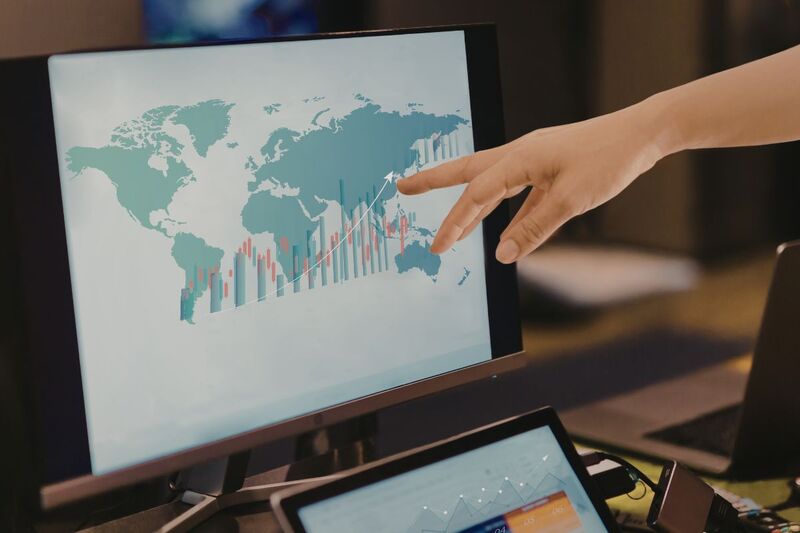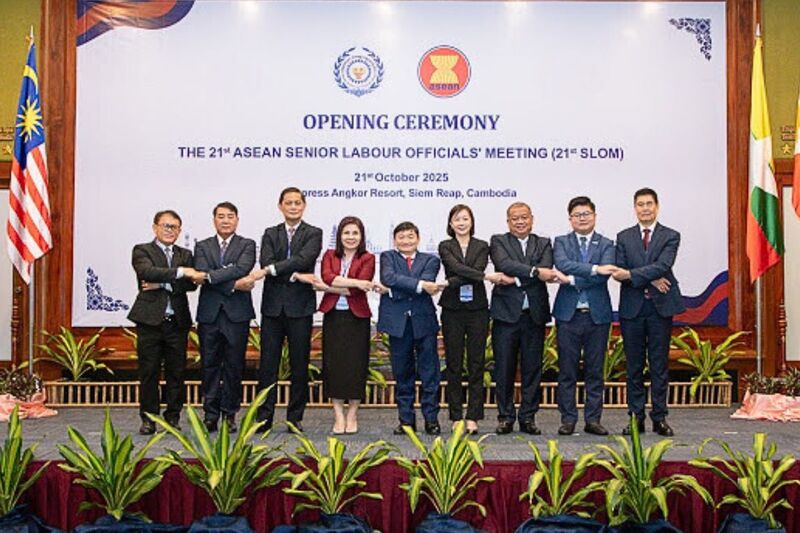SG60 Series – Part 1: 60 Fun Facts About Singapore You Probably Didn’t Know
As Singapore commemorates its 60th year of independence in 2025, Reeracoen is proud to present a special three-part blog series in tribute to our nation’s progress, diversity, and resilience. From its humble beginnings to becoming a global economic powerhouse, Singapore has much to be proud of.
In Part 1 of our SG60 series, we’re celebrating the lighter, lesser-known, and more fascinating sides of the Lion City. Here are 60 fun facts about Singapore — perfect for trivia lovers, tourists, and proud Singaporeans alike.
60 Fun Facts About Singapore 🇸🇬
1. Singapore has changed its time zone six times since 1905 — it currently operates on GMT+8.
2. “Singapura” means “Lion City” in Sanskrit — though lions never existed here.
3. Singapore is made up of 64 islands, including Pulau Ujong, Sentosa, and Pulau Tekong.
4. It’s one of the 20 smallest countries in the world, but among the most densely populated.
5. Changi Airport has won the World’s Best Airport award multiple times since 2013.
6. The Singapore Flyer is one of the world’s tallest observation wheels, standing at 165 metres.
7. The national anthem “Majulah Singapura” is micro-printed on the back of the $1,000 note.
8. Singapore’s land area has increased by 25% through land reclamation since independence.
9. The world's first Night Safari opened in Singapore in 1994.
10. Singapore has no natural lakes, but plenty of man-made reservoirs.
11. Chewing gum is banned, except for therapeutic use.
12. Singapore’s MRT has over 200km of track — and growing.
13. The city has a rainfall average of about 167 days a year.
14. HDB flats house over 80% of the resident population.
15. Orchard Road was once lined with fruit orchards — hence the name.
16. Sentosa used to be called Pulau Blakang Mati, which means “Island of Death from Behind.”
17. Singapore is one of the world’s greenest cities, with nearly 50% green cover.
18. Marina Bay Sands is one of the world’s most photographed buildings.
19. Singapore’s hawker culture was added to UNESCO’s Intangible Cultural Heritage list in 2020.
20. The Merlion was first built in 1972, originally located at the mouth of the Singapore River.
21. The entire country can be driven across in under an hour.
22. Singapore was briefly part of Malaysia, from 1963 to 1965.
23. It’s one of only three city-states in the world (alongside Vatican City and Monaco).
24. The five stars on the national flag represent democracy, peace, progress, justice, and equality.
25. The red circle on the flag of Japan inspired Singapore’s crescent moon design.
26. Singapore has four official languages: English, Malay, Mandarin, and Tamil.
27. Malay is the national language, though English is most widely used.
28. The Singapore Botanic Gardens is a UNESCO World Heritage Site.
29. Singapore’s entire water supply is managed under the “Four National Taps” strategy.
30. NEWater — recycled water — is so clean it’s used in semiconductor manufacturing.
31. The average Singaporean consumes about 100kg of rice annually.
32. Singaporeans are among the world’s fastest walkers, according to a BBC study.
33. The Raffles Hotel Long Bar is where the Singapore Sling was invented.
34. Singapore has a mandatory death penalty for certain drug offences.
35. The Singapore Zoo is ranked among the world’s best.
36. Public housing in Singapore is regularly upgraded to meet evolving lifestyle needs.
37. The Integrated Resorts Act paved the way for casinos like Marina Bay Sands and Resorts World Sentosa.
38. Singapore’s National Day Parade is held on 9 August every year, commemorating independence in 1965.
39. The first MRT line opened in 1987, between Toa Payoh and Yio Chu Kang.
40. Singapore is one of the least corrupt countries in Asia, according to Transparency International.
41. The National Library building in Bugis has a green roof and energy-efficient features.
42. Singapore’s official mascot for recycling is called “Captain Green.”
43. The city has more trees than buildings, according to the National Parks Board.
44. The Tanjong Pagar railway station once linked Singapore to Malaysia’s rail network.
45. Singapore’s oldest HDB estate is Queenstown, built in the 1950s.
46. Punggol is Singapore’s first eco-town.
47. You can take a boat to rustic Pulau Ubin for a glimpse of kampong life.
48. Singapore is a major hub for biomedical research and life sciences.
49. Bukit Timah Nature Reserve contains more species of trees than the entire North American continent.
50. Durian is banned on public transport, but adored across hawker centres.
51. Singaporeans love kopi — with over 12 variations of how it’s served.
52. The country’s tallest building is Guoco Tower, at 290m.
53. Singapore’s National Service (NS) began in 1967, requiring all male citizens to serve.
54. Choa Chu Kang used to be a village filled with pepper and gambier plantations.
55. The Istana, the President’s official residence, opens to the public on special holidays.
56. Singapore imports over 90% of its food.
57. The country is working toward “30 by 30” food self-sufficiency by 2030.
58. The MRT system is expected to expand to over 400km by 2040.
59. Singapore has one of the world’s fastest internet speeds.
60. The national flower is the Vanda Miss Joaquim — a hybrid orchid bred in Singapore.
Seeking Your Next Career Opportunity?
Submit your CV — Our trusted Career Consultants will review your resume and contact you if we find a position that matches your profile!
OR
Looking to Hire?
Please fill in this Inquiry Form — our Recruitment Consultants will be in touch with you soon!
Disclaimer:
The information provided in our blog articles is intended for general informational purposes only. It is not a substitute for professional advice and should not be relied upon as such.
While we strive to provide accurate and up-to-date information, the ever-evolving nature of certain topics may result in content becoming outdated or inaccurate over time. Therefore, we recommend consulting with qualified professionals or experts in the respective fields for specific advice or guidance. Any actions taken based on the information contained in our blog articles are solely at the reader's discretion and risk. We do not assume any responsibility or liability for any loss, damage, or adverse consequences incurred as a result of such actions.
We may occasionally provide links to external websites or resources for further information or reference. These links are provided for convenience and do not imply endorsement or responsibility for the content or accuracy of these external sources. Our blog articles may also include personal opinions, views, or interpretations of the authors, which do not necessarily reflect the views of our organisation as a whole. We encourage readers to verify the accuracy and relevance of information presented in our blog articles and to seek professional advice when needed. Your use of this website and its content constitutes acceptance of this disclaimer.
References






